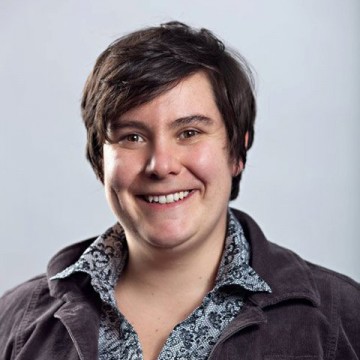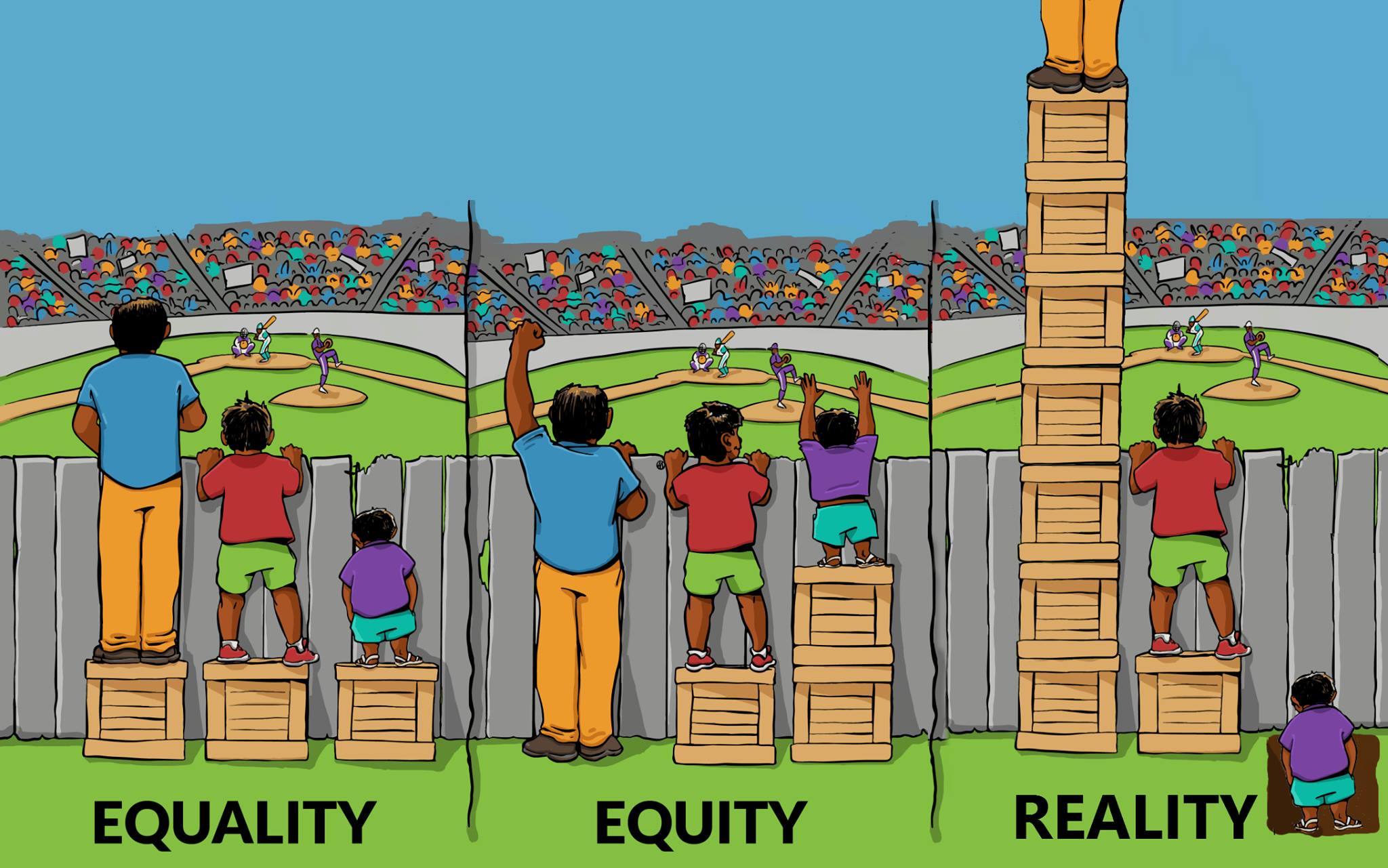The 4th Box Sparks Imagination
April 12, 2016 10 CommentsStart a Conversation
Remixers and meme-makers, we have a tool for you. We are pleased to be partnered with Center for Story-based Strategy in the release of an illustration kit: the4thbox.com
Imagery is a huge factor in framing the terms of a conversation. This kit is meant to inspire imagery that provokes new interactions between people. We believe these interactions will help open up imagination towards the liberated, equitable society we want.
What do you want to foreshadow?
What conversation is relevant to changing hearts and minds in your community, online or in person?
How do you imagine #the4thbox?
Together we can use this tool to start 1,000 conversations about the world we want, which is a step to making it real. Are you up for the challenge? Post your image with #the4thbox.
Download the illustration kit.
Tips and Tricks
As your social media feed enlivens, here is a facilitator’s conversation guide published by IISC Affiliate, Ana Perez.
Center for Story-based Strategy offers tools and worksheets for strategic narrative interventions.
Following the re-release of Illustrating Equality VS Equity, we were inspired by re-mixes like this:




10 Comments
Thanks team! Looking forward to seeing what remixes are out there. Maybe my fourth box would have these three people sitting in seats in the stadium, with a fence just high enough to keep a ground ball from rolling into the next county!
I don’t know how to use Photoshop. My fourth box would have a girl with her mitt leading the boys through a broken board in the fence and to get into the game.
He leido vuestro articulo con mucha atecion y me ha parecido didactico ademas de bien redactado. No dejeis de cuidar esta web es bueno.
Saludos
My 4th box would be the baseball ball hitting directly in our faces.
I did this activity with graduate students in an early childhood education class at the University of Dayton. They positioned the people to knock over the fence, put them in the best seats at the game and used words like collaboration and inclusive. Great fun and an even greater conversation.
There are two matter in the original graph which puzzles me a bit. One is that the concepts seem to mess in the graphs. In the “equality” graph, we do not see “equality” but “inequality”, actually. We see the NUMERICAL equality (“give all the same load”) but not the PROPORTIONAL equality (“give all what they can carry”) discussed already by Aristotle. So, why we call the graph “equality” at all? The latter graph “equity” is same as “proportional equality” in Aristotelian thinking. So, no “equity” but “equality”?.
I may be incorrect but the way I have learnt the matter is that equity is the basic PRINCIPLE related to the fairness and just. E.g. the females should have a basic possibility as being treated equally in comparison with males. So, we claim fairness, that is, equity. Then, equality is the DEGREE of this fairness. Whether or not the females ARE equal with males is the matter of equality AFTER we confess that they have the basic right to be treated equally (that is, we confess the equity as a principle). Then the question is WHY would we expect the same value and treatment for both males and females: because both belong to same category: humans. Then, we claim equity, and equality or parity is the concept we used for the degree of this equity. Am I far from truth? From this point of view, the terminology in the graphs seem to be a bit odd. What is said to be equality is actually inequality and what is said to be equity is actually equality.
All in all, I have problems to get in the basic thinking behind the graphs. What is said to be “equality” is actually “inequality” because only one of many types of equality is taken as “equality”. To me, a better name of the “Equality” graph could be “equal correction leading to inequality” and the latter graph could be named as “proportional correction leading to equality”. In my mind, “equity” is something else; why on earth they all should be interested in the same game… But IF they all ARE interested in the same game (= there should be equity beween the guys), we would expect equality in their seeing possibilities… I’m happy to discuss with someone of this, if the reader thinks I’m incorrect in my points.
The boxes should probably be changed because the box called “equality” is clearly “inequality” and not what was intended by those who believe in equality. The third one, “liberation,” should be called “equality” because once you remove the fence, you finally gave true equality, not just on paper, but in experience.
I would have the short guy standing in the shoulders of the tall guy in the 4th box since the this exercise is another example of where victim culture is at play. No one can tell me “I’m short”…
the 4th box will have girl and transgender also to show the equity,equality and freedom in real meaning.